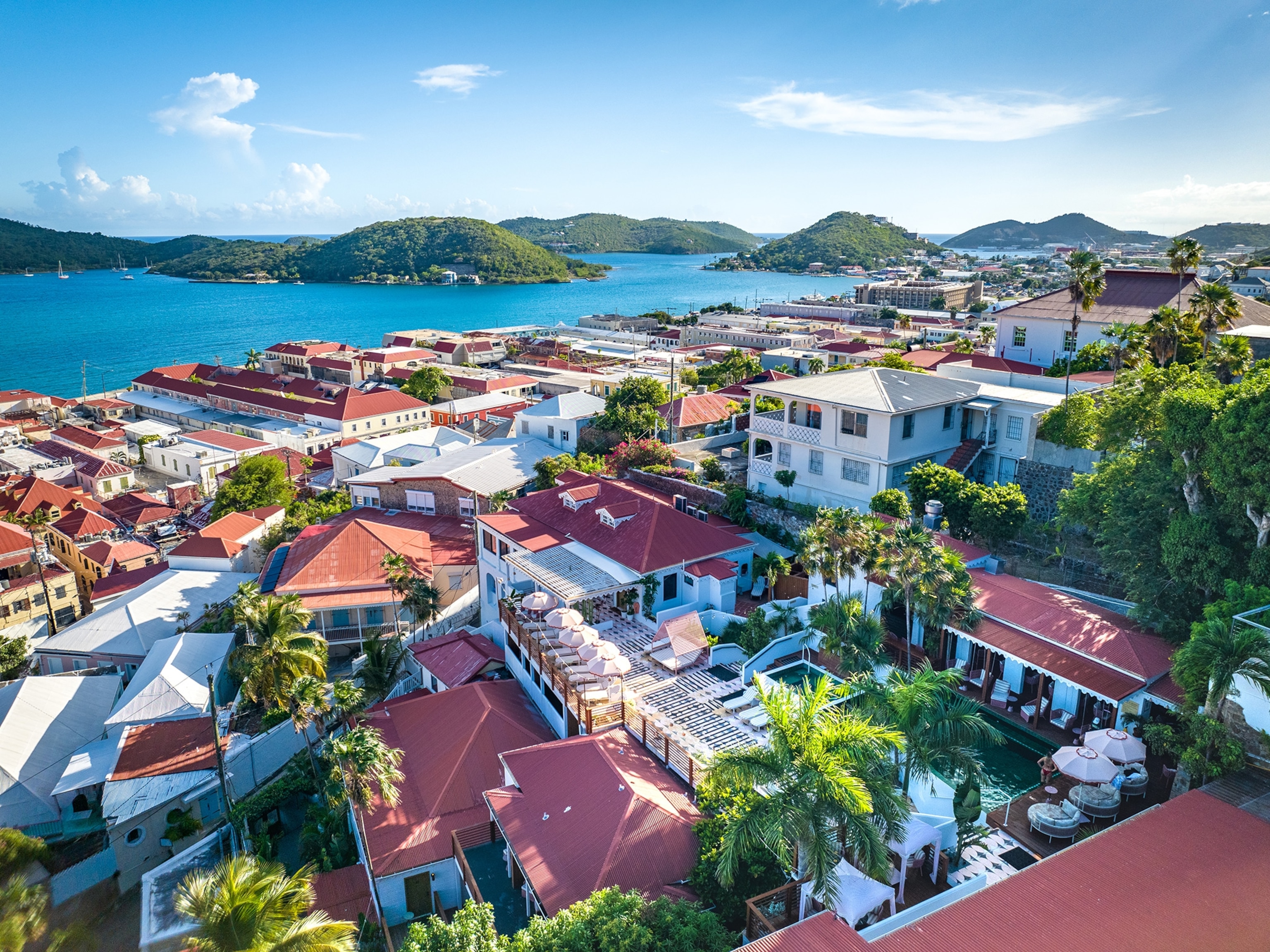
Santa Cruz de Mompox
Site: Historic Center of Santa Cruz de Mompox
Location: Colombia
Year Designated: 1995
Category: Cultural
Criteria: (iv)(v)
Reason: Mompox’s well-preserved historic center is an incredible example of a 16th-century Spanish colonial city in the Americas.
* * *
Mompox was founded in 1540. In the colonial era the remote interior town thrived because of its island location in the midst of the Magdalena River—an economic and transportation lifeline from the ocean to the Andes Mountains. In its heyday Mompox was a wealthy city home to a royal mint and storehouses of precious metals and jewels.
Mompox’s prosperity was reflected in its architecture and stately buildings, and squares sprang up on whitewashed streets as the town grew along the riverbank. The city was even a source of strength to frequent visitor Simón Bolívar, who raised troops here in the struggle for the independence of Gran Colombia.
But the town’s fall was a hard one. The river began silting up in the 19th century. Large boats were forced to seek other routes and Mompox was gradually left behind. In more recent times Colombia’s unsettled politics and criminal violence hit the Magdalena Valley region hard. Mompox was long off-limits to visitors because paramilitaries and narco-terrorists were warring.
While the city slumbered on its isolated island, the magnificent historic center and colonial architecture remained preserved and largely unaltered, if a bit decayed, home to perhaps 30,000 people.
Now that the Magdalena Valley is once again safe, visitors are beginning to rediscover an incredible piece of South America’s colonial history. Many of the town's historic buildings are still being used for their original purposes, including churches, palatial homes, schools, city hall, and even the San Juan de Dios hospital.
The ancient trades, too, still flourish here. The city has long been famed for gold jewelry, and modern artists do a fine job of carrying on the tradition.
How to Get There
One reason for Mompox’s time capsule atmosphere is that it’s not easy to reach. There is no bridge to the island and riverboat access is seasonal and sporadic. Most trips involve long, rural drives and a local ferry across the Magdalena. Access is easiest from the Caribbean coast—buses from Cartagena take about eight hours. The Bogotá trip necessitates a 14-hour-plus bus ride and an additional two and a half hours in a hired 4 x 4.
When to Visit
Mompox has only one real high season—the Semana Santa (Holy Week) festival celebrated across South America (and beyond) the week before Easter. It’s an exciting time to visit but advanced planning is essential because accommodations may be scarce.
How to Visit
The pace of life is slow in Mompox. Incredible sights dot the historic center and the place appeals most to those who simply like to wander, relax, and absorb the atmosphere.
Related Topics
You May Also Like
Go Further
Animals
- This ‘saber-toothed’ salmon wasn’t quite what we thoughtThis ‘saber-toothed’ salmon wasn’t quite what we thought
- Why this rhino-zebra friendship makes perfect senseWhy this rhino-zebra friendship makes perfect sense
- When did bioluminescence evolve? It’s older than we thought.When did bioluminescence evolve? It’s older than we thought.
- Soy, skim … spider. Are any of these technically milk?Soy, skim … spider. Are any of these technically milk?
- This pristine piece of the Amazon shows nature’s resilienceThis pristine piece of the Amazon shows nature’s resilience
Environment
- This pristine piece of the Amazon shows nature’s resilienceThis pristine piece of the Amazon shows nature’s resilience
- Listen to 30 years of climate change transformed into haunting musicListen to 30 years of climate change transformed into haunting music
- This ancient society tried to stop El Niño—with child sacrificeThis ancient society tried to stop El Niño—with child sacrifice
- U.S. plans to clean its drinking water. What does that mean?U.S. plans to clean its drinking water. What does that mean?
History & Culture
- Séances at the White House? Why these first ladies turned to the occultSéances at the White House? Why these first ladies turned to the occult
- Gambling is everywhere now. When is that a problem?Gambling is everywhere now. When is that a problem?
- Beauty is pain—at least it was in 17th-century SpainBeauty is pain—at least it was in 17th-century Spain
- The real spies who inspired ‘The Ministry of Ungentlemanly Warfare’The real spies who inspired ‘The Ministry of Ungentlemanly Warfare’
- Heard of Zoroastrianism? The religion still has fervent followersHeard of Zoroastrianism? The religion still has fervent followers
Science
- Here's how astronomers found one of the rarest phenomenons in spaceHere's how astronomers found one of the rarest phenomenons in space
- Not an extrovert or introvert? There’s a word for that.Not an extrovert or introvert? There’s a word for that.
- NASA has a plan to clean up space junk—but is going green enough?NASA has a plan to clean up space junk—but is going green enough?
- Soy, skim … spider. Are any of these technically milk?Soy, skim … spider. Are any of these technically milk?
- Can aspirin help protect against colorectal cancers?Can aspirin help protect against colorectal cancers?
Travel
- What it's like to hike the Camino del Mayab in MexicoWhat it's like to hike the Camino del Mayab in Mexico
- Is this small English town Yorkshire's culinary capital?Is this small English town Yorkshire's culinary capital?
- This chef is taking Indian cuisine in a bold new directionThis chef is taking Indian cuisine in a bold new direction
- Follow in the footsteps of Robin Hood in Sherwood ForestFollow in the footsteps of Robin Hood in Sherwood Forest




